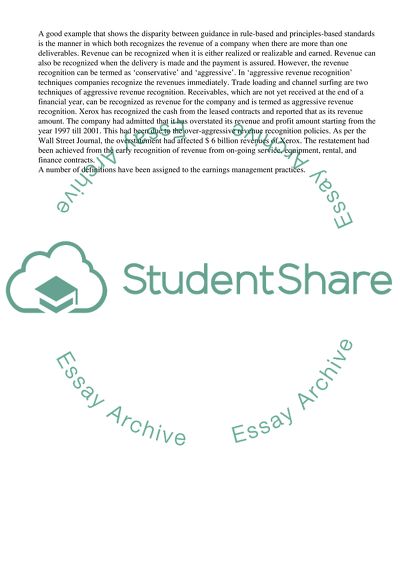Cite this document
(“Revenue Recognition & Earnings Management Research Paper”, n.d.)
Revenue Recognition & Earnings Management Research Paper. Retrieved from https://studentshare.org/management/1740463-ethical-considerations-of-revenue-recognition-and-earnings-management
Revenue Recognition & Earnings Management Research Paper. Retrieved from https://studentshare.org/management/1740463-ethical-considerations-of-revenue-recognition-and-earnings-management
(Revenue Recognition & Earnings Management Research Paper)
Revenue Recognition & Earnings Management Research Paper. https://studentshare.org/management/1740463-ethical-considerations-of-revenue-recognition-and-earnings-management.
Revenue Recognition & Earnings Management Research Paper. https://studentshare.org/management/1740463-ethical-considerations-of-revenue-recognition-and-earnings-management.
“Revenue Recognition & Earnings Management Research Paper”, n.d. https://studentshare.org/management/1740463-ethical-considerations-of-revenue-recognition-and-earnings-management.


